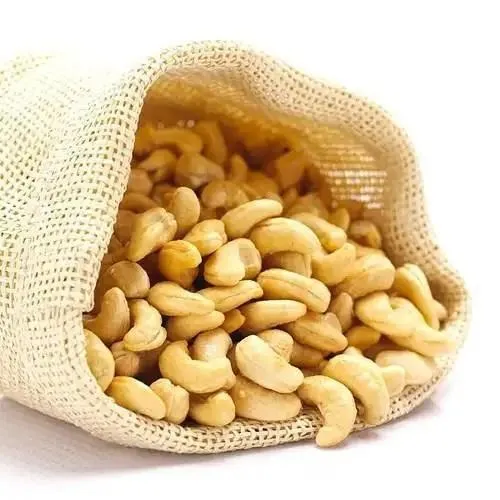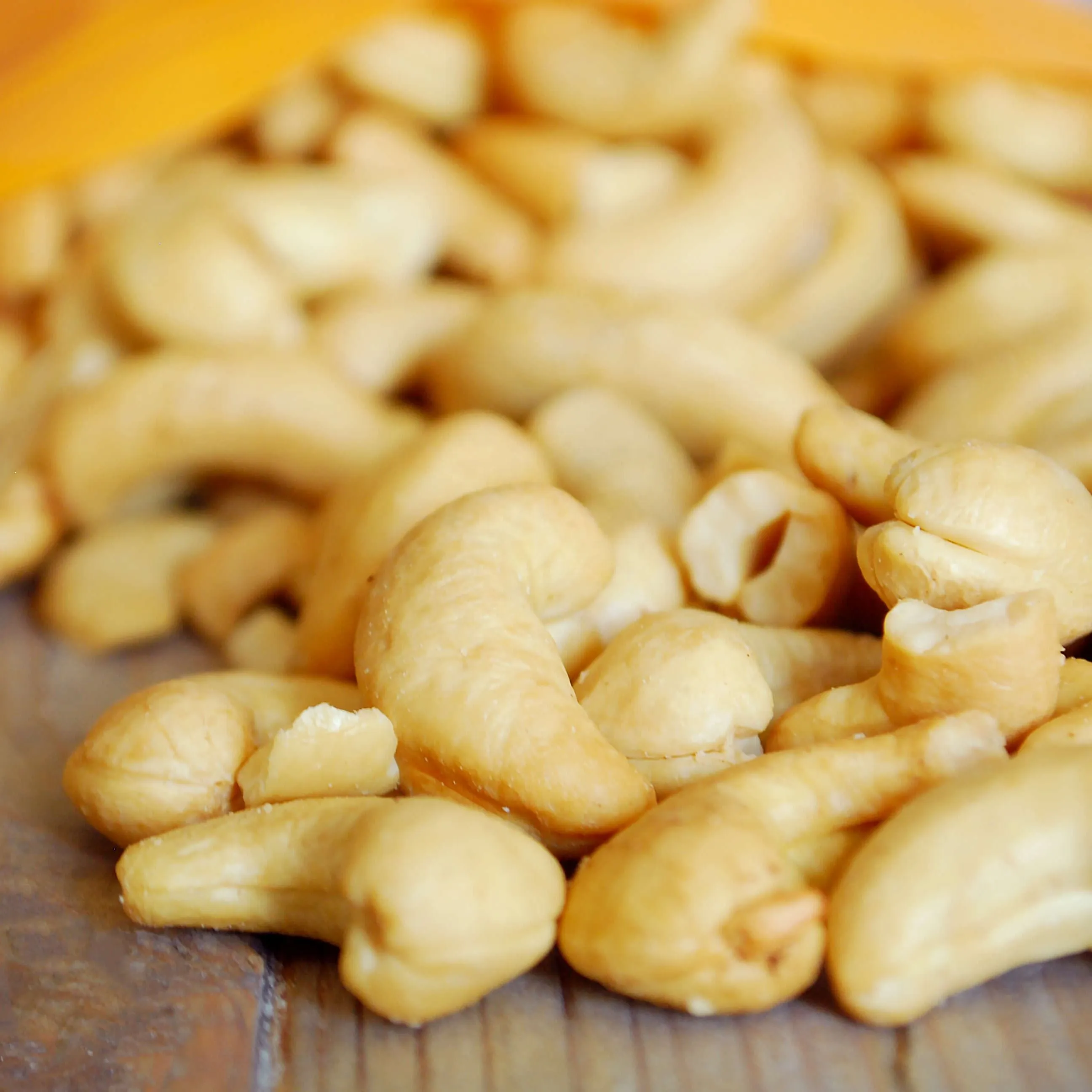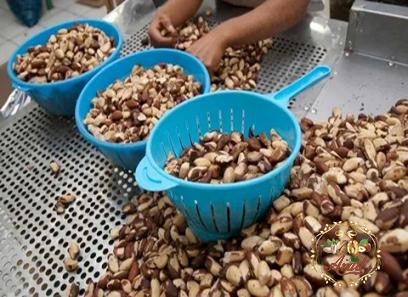Cashews, a popular nut known for their nutrient density and unique taste, are grown in various parts of the world. However, there are specific regions renowned for their expertise in cashew production and export. These cashew exporting countries play a vital role in meeting global demand and contribute significantly to the thriving cashew industry. In this article, we will explore the advantages and disadvantages of cashew exporting countries, delve into the process of cashew production in these regions, and discuss how these countries utilize their cashew exports.
Advantages and Disadvantages of Cashew Exporting Countries
1. Advantages:
a. Climate and Soil: Cashew trees thrive in tropical and subtropical climates with well-drained sandy or laterite soils. Cashew exporting countries, such as Vietnam, India, and Brazil, are blessed with these ideal growing conditions.
b. Agricultural Expertise: These countries have developed expertise in cashew cultivation over the years, employing advanced farming techniques and knowledge to maximize yields and quality.
c. Cost Efficiency: Cashew exporting countries often enjoy lower production costs due to lower labor, land, and operational expenses. This advantage allows them to offer competitive prices in the international market.

d. Diversification of Revenue Stream: Cashew exports provide a significant source of revenue for these countries, contributing to their economic stability and growth.
2. Disadvantages:
a. Pests and Diseases: Cashew trees are susceptible to a variety of pests and diseases, such as cashew leaf and nut blight. Cashew exporting countries must invest in research and development to combat these challenges effectively.
b. Market Volatility: Cashew prices can be volatile due to fluctuations in supply and demand, which can impact the revenue of cashew exporting countries.
c. Environmental Impact: Cashew cultivation can lead to issues such as deforestation, soil erosion, and water pollution if not managed sustainably. Exporting countries need to adopt responsible farming practices to mitigate these risks.

How to Make Cashew Exporting Countries
1. Cultivation:
Cashew trees take about 3-5 years to mature and start producing fruit. Cashew exporting countries employ proven cultivation practices, including proper spacing, irrigation, and fertilization, to facilitate optimum growth. Harvesting is typically done manually by skilled workers who remove the cashew apple from the tree and extract the nut. This process requires precision to avoid damaging the cashew shell.
2. Processing and Packaging:
Once harvested, cashews must undergo processing to remove the outer shell, inner skin, and toxins that cause skin irritation. Cashew exporting countries often employ mechanized methods for shelling, drying, and grading the nuts. The processed cashews are then carefully packaged to maintain their freshness and quality during transportation.

How to Use Cashew Exporting Countries
1. Exporting:
Cashew exporting countries primarily utilize their cashew harvest for international trade. These countries fulfill global demand for cashews by exporting both whole and processed cashews. They establish strong trade relationships with importing nations, ensuring a regular supply of cashews to meet market demands.
2. Local Consumption and Value Addition:
Cashew exporting countries also cater to their domestic markets by promoting local consumption. They engage in value addition by producing cashew-related products such as cashew butter, cashew milk, cashew flour, and other delightful treats. This not only addresses local demand but also promotes the diversification of cashew product offerings.
Conclusion

Cashew exporting countries hold a dominant position in the global cashew industry, thanks to several advantages such as favorable climate, agricultural expertise, cost efficiency, and the diversification of revenue streams. However, challenges such as pests and diseases, market volatility, and environmental impact require sustained efforts to ensure a thriving cashew trade. By employing advanced cultivation techniques, responsible farming practices, and value addition strategies, cashew exporting countries can continue to meet international demand while contributing to the economic growth and development of their respective regions.









